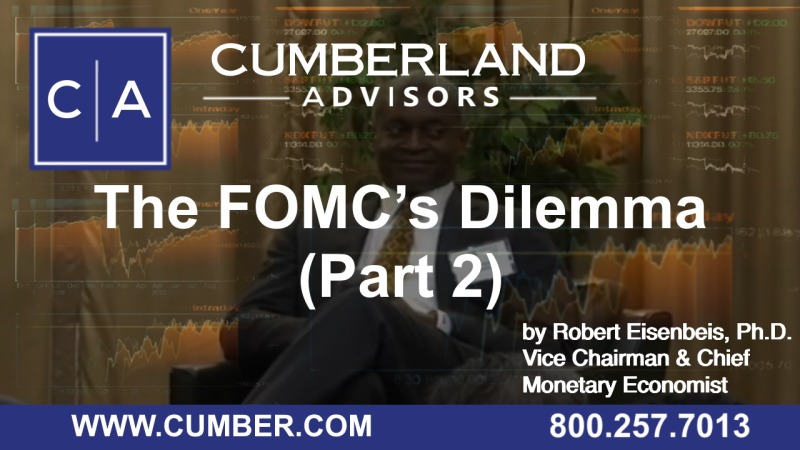On Friday, October 28, three interesting data releases came out that may further complicate the FOMC’s decision process at its November meeting. First, we got the reading on PCE for the month of September, which is up 0.2 percentage points from 4.2% in August to 4.4% in September. This increase provides further confirmation that inflation is not going away, at least in the short run. Additionally, despite the dip in auto sales driven largely by supply constraints, consumer spending increased 0.7% for the month, fueled in part with a decline in savings since personal income declined in September. On a year-over-year basis, consumer spending was up 13.9% and was up 15.6% excluding autos (https://www.cnbc.com/2021/10/15/retail-sales-unexpectedly-gain-in-september-as-consumers-keep-spending.html). Existing home sales increased 7% in September while inventories declined, and median home prices were up 13.3% on a year-over-year basis. At the same time, personal income declined by 2% in September, which potentially negatively impacts the fiscal cliff that started in October. At the same time, there are reports that spending will be high in October, with estimates of more than $10 billion in spending on Halloween alone, with the shortfall in income made up by a drop in personal savings that declined from 9.2% in August to 7.5% in September.

Regardless of the measure used, the Fed finds itself confronting inflation that at this point, as Atlanta Fed President Bostic has noted is difficult to characterize as transitory. Strong consumer spending exists; but, overall, the economy clearly slowed in Q3. Finally, the oft-referenced Atlanta Fed’s GDPNow forecast is suggesting that growth will be 6.6% for Q4. Remember, however, that GDPNow started out at 6.4% for Q3 and ended up at 0.5%. So what does the FOMC do? Given we are midway through the football season, would it be wise to punt?
Robert Eisenbeis, Ph.D.
Vice Chairman & Chief Monetary Economist
Email | Bio
Links to other websites or electronic media controlled or offered by Third-Parties (non-affiliates of Cumberland Advisors) are provided only as a reference and courtesy to our users. Cumberland Advisors has no control over such websites, does not recommend or endorse any opinions, ideas, products, information, or content of such sites, and makes no warranties as to the accuracy, completeness, reliability or suitability of their content. Cumberland Advisors hereby disclaims liability for any information, materials, products or services posted or offered at any of the Third-Party websites. The Third-Party may have a privacy and/or security policy different from that of Cumberland Advisors. Therefore, please refer to the specific privacy and security policies of the Third-Party when accessing their websites.
Cumberland Advisors Market Commentaries offer insights and analysis on upcoming, important economic issues that potentially impact global financial markets. Our team shares their thinking on global economic developments, market news and other factors that often influence investment opportunities and strategies.

